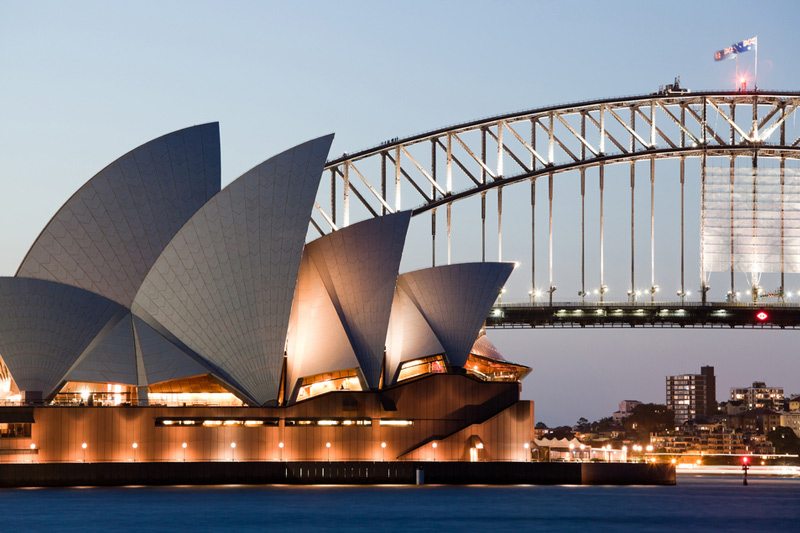(Bloomberg) -- Australia’s low inflation is becoming firmly entrenched, Westpac Banking Corp.’s Bill Evans says, underscoring his forecast that interest rates will stay on hold until 2020.
Underlying inflation will likely post a fifth year at or below the bottom of the Reserve Bank of Australia’s 2 percent to 3 percent target by the end of 2019, according to forecasts of both Evans and the central bank. Governor Philip Lowe has kept interest rates unchanged at a record-low 1.5 percent since taking the RBA’s helm in September 2016.
“It is reasonable to argue that Australia is experiencing a structural fall in inflation,” said Evans, chief economist at Westpac. “Arguably, without the risk of overheating the housing market, interest rates would have been even lower in Australia in recognition of this structural fall and the disappointing progress in restoring inflation to the target range.”
Shortly after becoming governor, Lowe told lawmakers that RBA officials aren’t “inflation nutters” and were prepared to tolerate consumer-price growth’s slower return to target in order to avert further rate cuts that would distort asset values. At the time, Sydney and Melbourne house prices were soaring and only subsequent regulatory intervention to limit interest-only loans and lending to investors cooled the east coast property market.
While weak consumer-price growth in a historically inflation-prone economy like Australia’s is unusual, it is part of a worldwide trend that Lowe partly attributes to an increasingly interconnected global labor market. That’s discouraging developed-nation workers from asking for larger pay increases -- due to concerns about job security -- and contributing to weak wage growth across the globe.
The U.S., where the jobless rate is well below estimated full employment, is only now seeing signs of faster wage growth.
“With rates on hold in Australia and the U.S. Federal Reserve continuing to raise rates, Australia’s cash rate is set to fall below the Federal Funds rate by March,” Evans predicts. “By end 2018, it is set to be 63 basis points below the Federal Funds Rate, and by end 2019, 112 basis points below.”
Traders are a bit more optimistic, pricing in about a 50-50 chance of the RBA hiking in December and a stronger possibility in February 2019.
